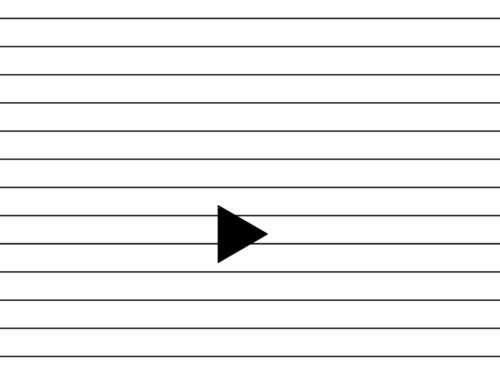2021 April MIMC 10 Problems/Problem 25
Suppose that a researcher hosts an experiment. He tosses an equilateral triangle with area ![]()
![]() onto a plane that has a strip every
onto a plane that has a strip every ![]()
![]() horizontally. Find the expected number of intersections of the strips and the sides of the equilateral triangle.
horizontally. Find the expected number of intersections of the strips and the sides of the equilateral triangle.
![]()
Solution
Clearly, we can set up an equation about the side length of the triangle. ![]() . By solving that, we can get that
. By solving that, we can get that ![]() . Therefore, the perimeter of the triangle is
. Therefore, the perimeter of the triangle is ![]() .
.
This problem can be solved using calculus. Since calculus is not allowed in AMC 10, there is obviously another alternative.
Buffon's Needle Problem has the same concept as this problem. Although a rigorous proof does need calculus, but one can think of a circle needle with a ![]() diameter. Thus, the perimeter of that circle would be
diameter. Thus, the perimeter of that circle would be ![]() . A circle always intersect the plane at two points, so a triangle with perimeter
. A circle always intersect the plane at two points, so a triangle with perimeter ![]() would have an expected intersection of
would have an expected intersection of ![]() .
.










